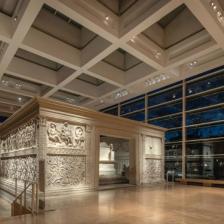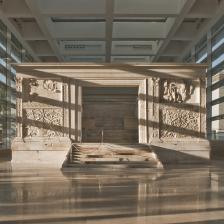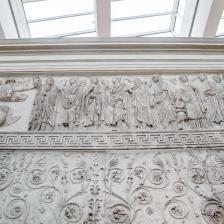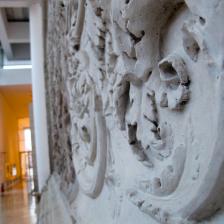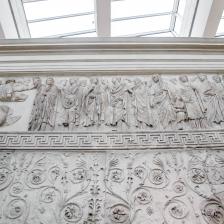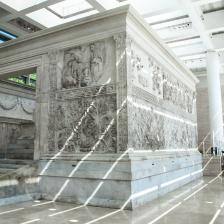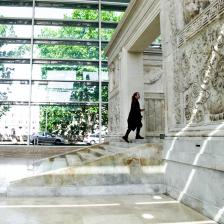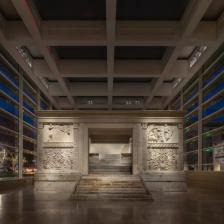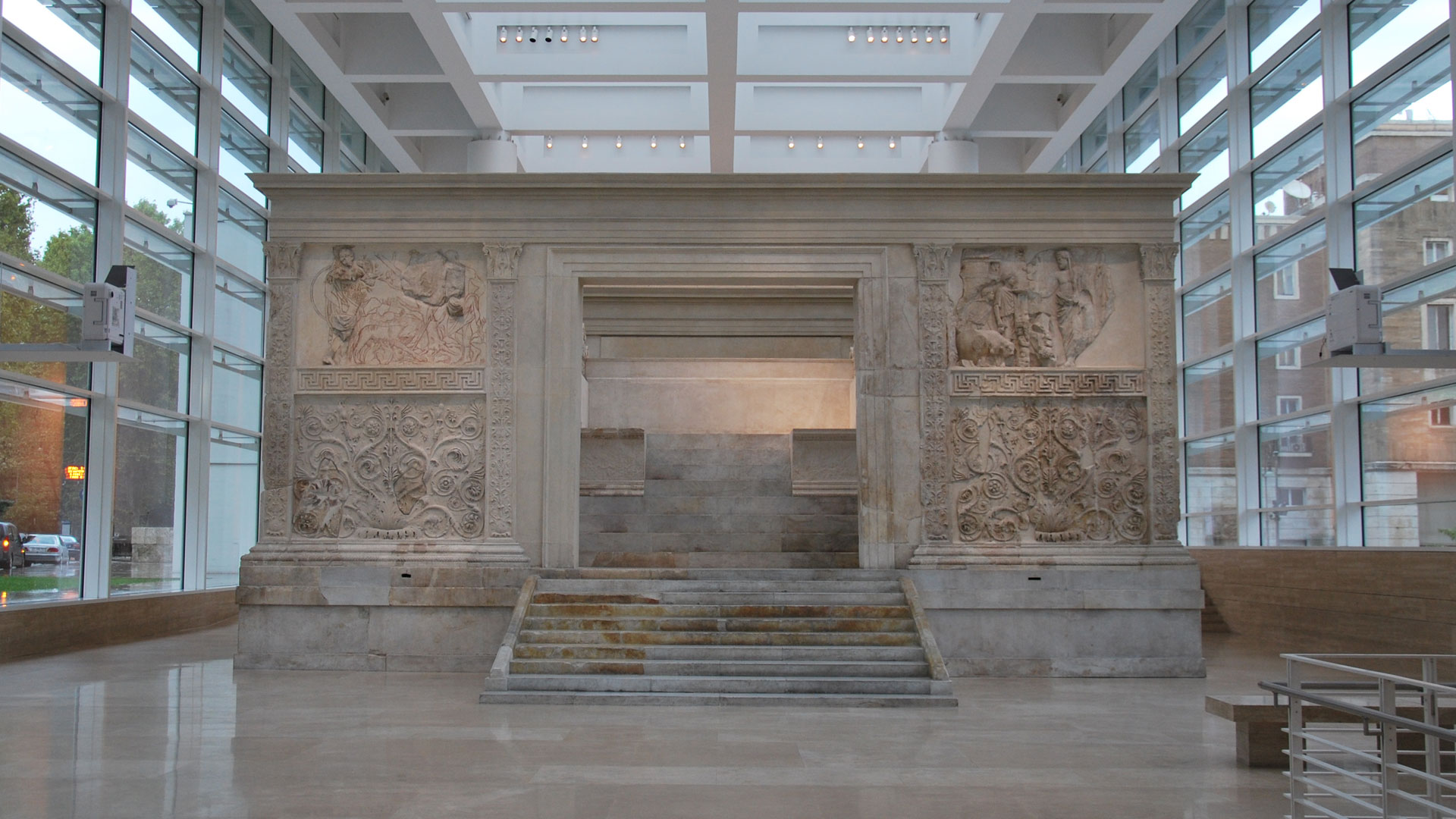
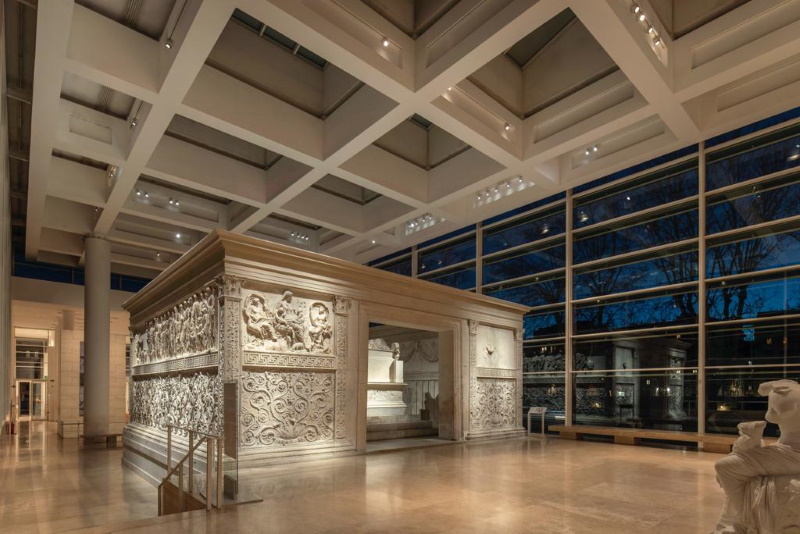
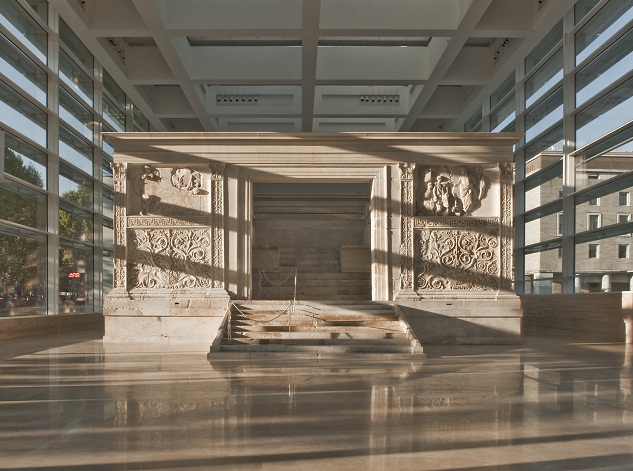





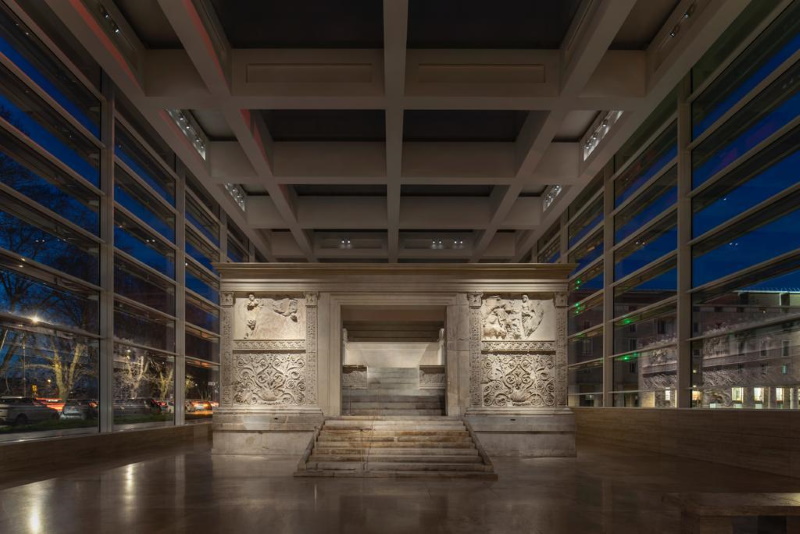
The Ara Pacis is one of the greatest of all artistic works of the Ancients. It was built to celebrate the consolidation of Rome’s power under Augustus, on the occasion of his victories north of the Alps between 16 and 13 BC.
The work – built alongside the Via Flaminia and bordering on the Campus Martius, or Field of Mars, to the north – was inaugurated in 9 BC. However, it was soon forgotten, and for some time lay buried and hidden away, given the characteristics of the terrain and the frequent flooding of the Tiber.
In 1937-1938, the Altar of Peace was at last unearthed, on the occasion of the two thousandth anniversary of the birth of Augustus, thanks to the efforts of the archaeologist Giuseppe Moretti.
Having been restored and relocated on the Lungotevere avenue, bordering the Tiber, the Ara Pacis was then threatened for many years as a result of the failings of its container which could not shield it from the traffic, the smog and the deposits that formed on its marble and plaster works.
The new museum complex, entirely redesigned by Richard Meier, was therefore intended as a structure capable of conserving this monument and providing both environmental and anti-seismic safeguards, while also creating a museum area which perfectly harmonises and combines the style of the Ancients and work with contemporary appeal.
The Mausoleum of Augustus
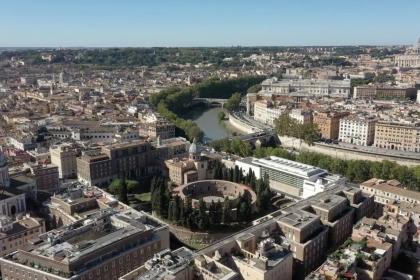
 Condividi
Condividi
Napoleonic Museum
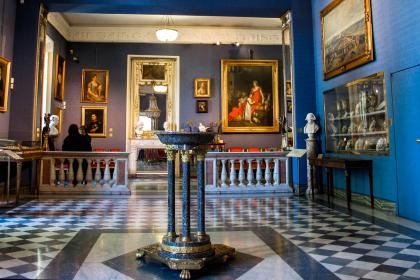
 Condividi
Condividi
Information
24 and 31 December 9.30-14.00Last admission one hour before closing timeFor updates and guidelines please check the > official websiteBefore planning the visit, CONSULT THE NOTICES
 Condividi
Condividi
Location
To find out about all accessibility services, visit the Rome accessible section.













































